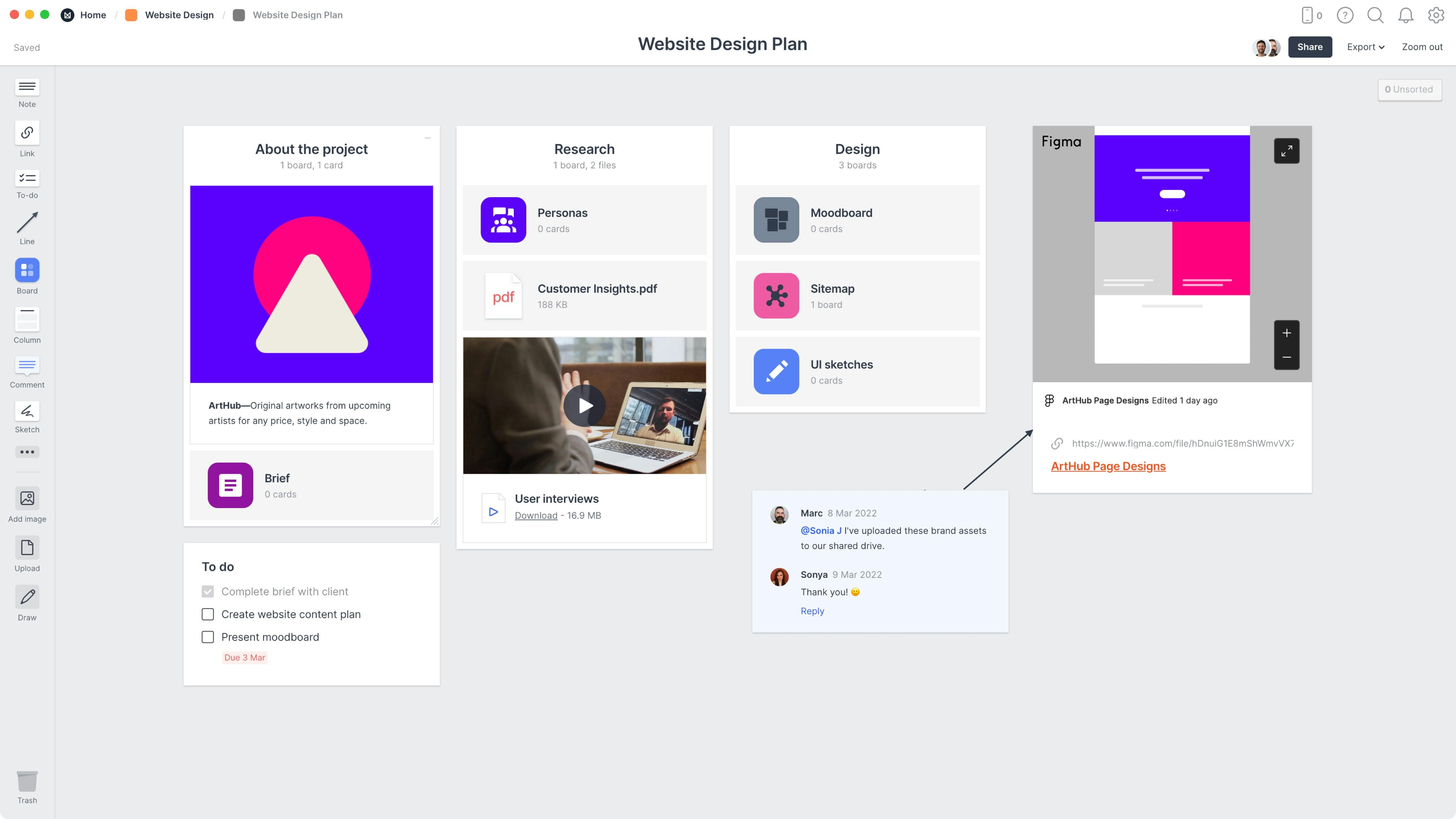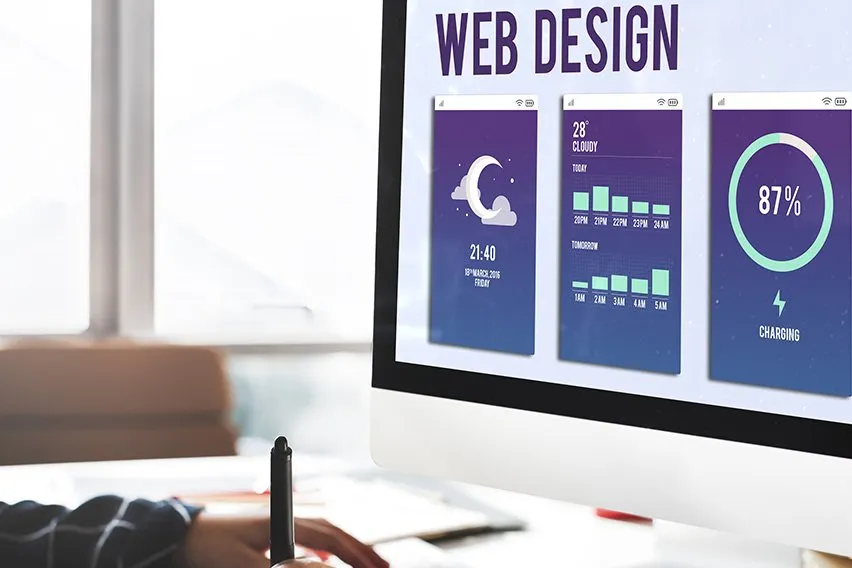Future-Proof Your Service with Ingenious Website Design Trends
Future-Proof Your Service with Ingenious Website Design Trends
Blog Article
Transform Your Online Visibility: Top Trends in Modern Website Layout
In the evolving electronic landscape, contemporary internet site layout trends play a critical function in forming exactly how users engage with on the internet content. Minimalist style aesthetics, the increase of dark setting, and a mobile-first strategy are just a few aspects that can dramatically enhance user experience.
Minimalist Design Looks
Minimal layout visual appeals have gotten considerable grip in modern-day internet site development, as designers seek to create user-friendly experiences that prioritize functionality. This design viewpoint highlights simplicity, stripping away unnecessary elements to concentrate on important content. By reducing interruptions, sites can improve user engagement and help with less complicated navigating.
The trademark of minimalist design includes the reliable usage of whitespace, which supplies a organized and tidy format. This technique not only improves readability yet additionally highlights crucial info and calls to activity. Shade palettes in minimalist layouts commonly feature neutral tones, allowing for striking contrasts that guide the customer's interest to important attributes.
Typography likewise plays a critical function in minimalist aesthetics. Developers usually go with clear and understandable fonts that match the overall design without frustrating users. In addition, functionality is focused on with receptive style, guaranteeing that minimal layouts execute well across numerous devices.
Inevitably, the minimalist layout method cultivates an user-friendly user experience, making it much easier for visitors to engage with web content. As companies significantly recognize the value of effective on the internet visibility, minimalist layout remains to be a prevailing trend in contemporary website advancement.

Dark Mode Appeal
As internet designers prioritize customer experience, dark mode has actually emerged as a prominent attribute that improves aesthetic convenience and decreases eye pressure, specifically in low-light environments. This layout trend permits customers to switch the user interface shades from light to dark, offering a more comforting experience for extended use.
The surge of dark mode can be credited to its capability to improve readability and emphasis. By decreasing glow, it lessens interruptions and aids individuals to involve even more deeply with web content. Several individuals locate that dark themes develop a smooth, modern-day aesthetic, appealing to both individual choice and branding methods.
Significant platforms, consisting of social media and software application applications, have actually embraced dark setting, suggesting its prevalent approval. Additionally, research study recommends that dark mode can add to battery preservation on OLED displays, making it a functional selection for mobile users.
As dark mode remains to obtain traction, web designers have to consider its implementation in their jobs. Providing users with the choice to toggle in between dark and light settings not just boosts accessibility however likewise reveals a commitment to user-centric design, eventually causing boosted satisfaction and engagement.
Mobile-First Method
Accepting a mobile-first technique has actually become vital in modern web layout, mirroring the expanding reliance on mobile devices for web gain access to. website design. With over half of worldwide web traffic stemming from smartphones and tablet computers, developers need to prioritize mobile individuals to enhance engagement and accessibility
A mobile-first strategy entails making a website for smaller displays news prior to adapting it for bigger display screens. This technique promotes simplicity, making certain that crucial content is focused on and quickly navigable. By concentrating on mobile style first, programmers are motivated to improve attributes and remove unneeded aspects that might mess the user experience.
In addition, a mobile-first way of thinking promotes improved efficiency. Websites enhanced for smart phones generally load quicker, as they call for less information and data transfer. This not just improves customer fulfillment but likewise favorably affects search engine positions, as website speed is an essential consider search engine optimization.
Additionally, a mobile-first technique aligns with responsive layout principles, guaranteeing that internet sites function effortlessly throughout various gadgets and display dimensions. By adopting this technique, organizations can effectively reach their audience, maintain customer interest, and eventually drive conversions in a progressively mobile-centric electronic landscape.
Immersive and interactive Components
The change towards mobile-first design naturally results in a higher focus on immersive and interactive components, which boost customer engagement and create memorable experiences. Sites are no longer static pages; they are dynamic platforms that invite individuals to engage and check out. This fad incorporates a selection of attributes, such as computer animations, video clip backgrounds, and interactive infographics, all targeted at capturing attention and conveying information in an engaging fashion.
One considerable aspect of interactive style is using gamification, which incorporates game-like aspects right into sites to encourage individual engagement. This can take the type of tests, difficulties, or incentives, cultivating a deeper connection with the web content. Additionally, integrating digital or enhanced reality can raise the customer experience, allowing visitors to engage themselves in a brand name's story or product offering.
In addition, responsive style plays an essential role in guaranteeing these components operate perfectly across tools. By prioritizing interactive features, brands can produce instinctive navigating and personalized experiences tailored to user preferences. Eventually, accepting immersive and interactive aspects not just boosts the visual allure of a website but also drives user retention and conversion, making it a pivotal trend in modern site design.
Sustainability in Web Design

Additionally, utilizing sustainable hosting services, such as servers powered by sustainable energy, can even more reduce environmental effect (website design). Designers ought to also consider ease of access in their projects, ensuring that websites are usable throughout numerous gadgets and platforms, thus prolonging their reach and decreasing the need for numerous models or redesigns
An additional secret these details element is utilizing lasting internet layout frameworks and coding practices that promote performance. This consists of clean coding, which minimizes the quantity of information transferred, and adopting Web content Shipment Networks (CDNs) to optimize source distribution.
Ultimately, welcoming sustainability in website design is not simply an honest choice; it is a critical benefit that resonates with eco mindful customers, promoting why not try here brand commitment while contributing favorably to the world.
Verdict
Embracing contemporary patterns in internet site layout is essential for enhancing on the internet existence. The combination of interactive components cultivates much deeper connections with users, while sustainable design practices align with expanding ecological problems.
In the advancing electronic landscape, modern-day internet site design trends play an important function in forming just how customers interact with online material. Minimal layout visual appeals, the increase of dark mode, and a mobile-first method are simply a few elements that can dramatically enhance user experience.The change towards mobile-first layout normally leads to a higher emphasis on immersive and interactive components, which improve user involvement and produce unforgettable experiences.One significant facet of interactive style is the use of gamification, which incorporates game-like aspects right into web sites to inspire customer involvement. Ultimately, welcoming interactive and immersive elements not just enhances the visual appeal of an internet site however also drives individual retention and conversion, making it a pivotal fad in modern internet site style.
Report this page